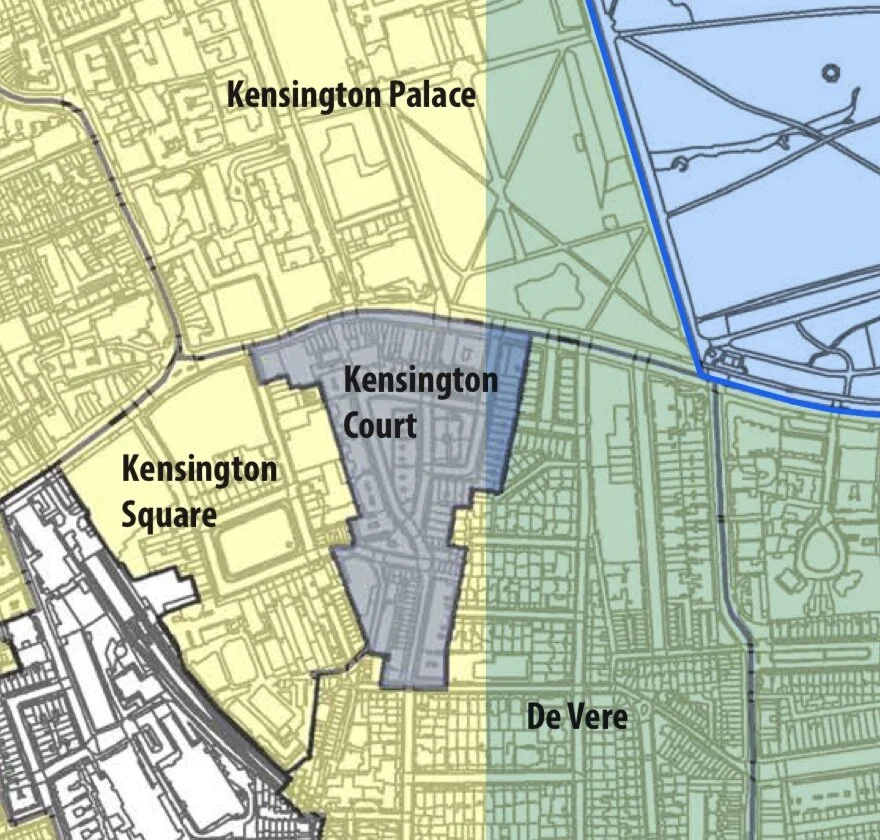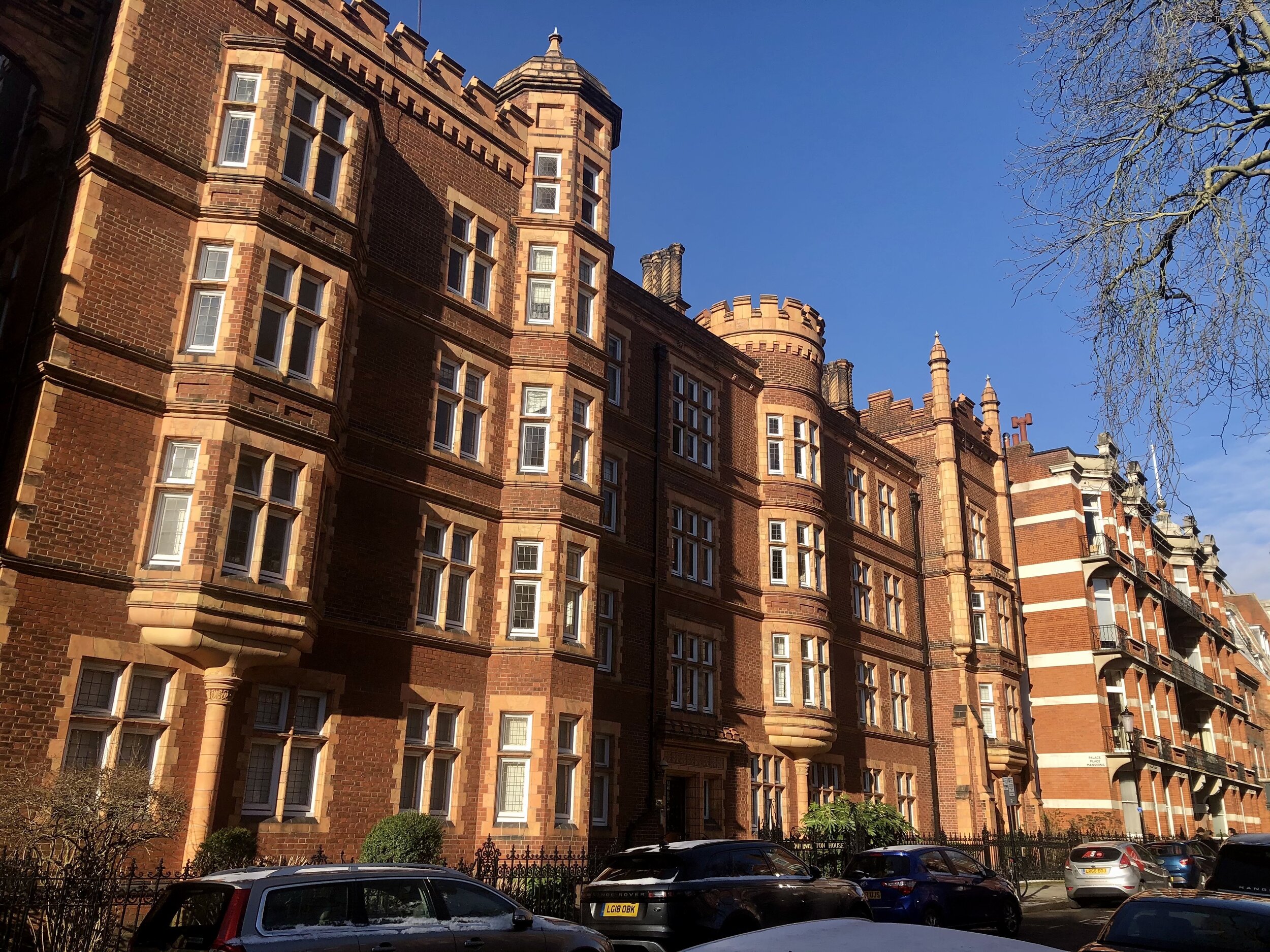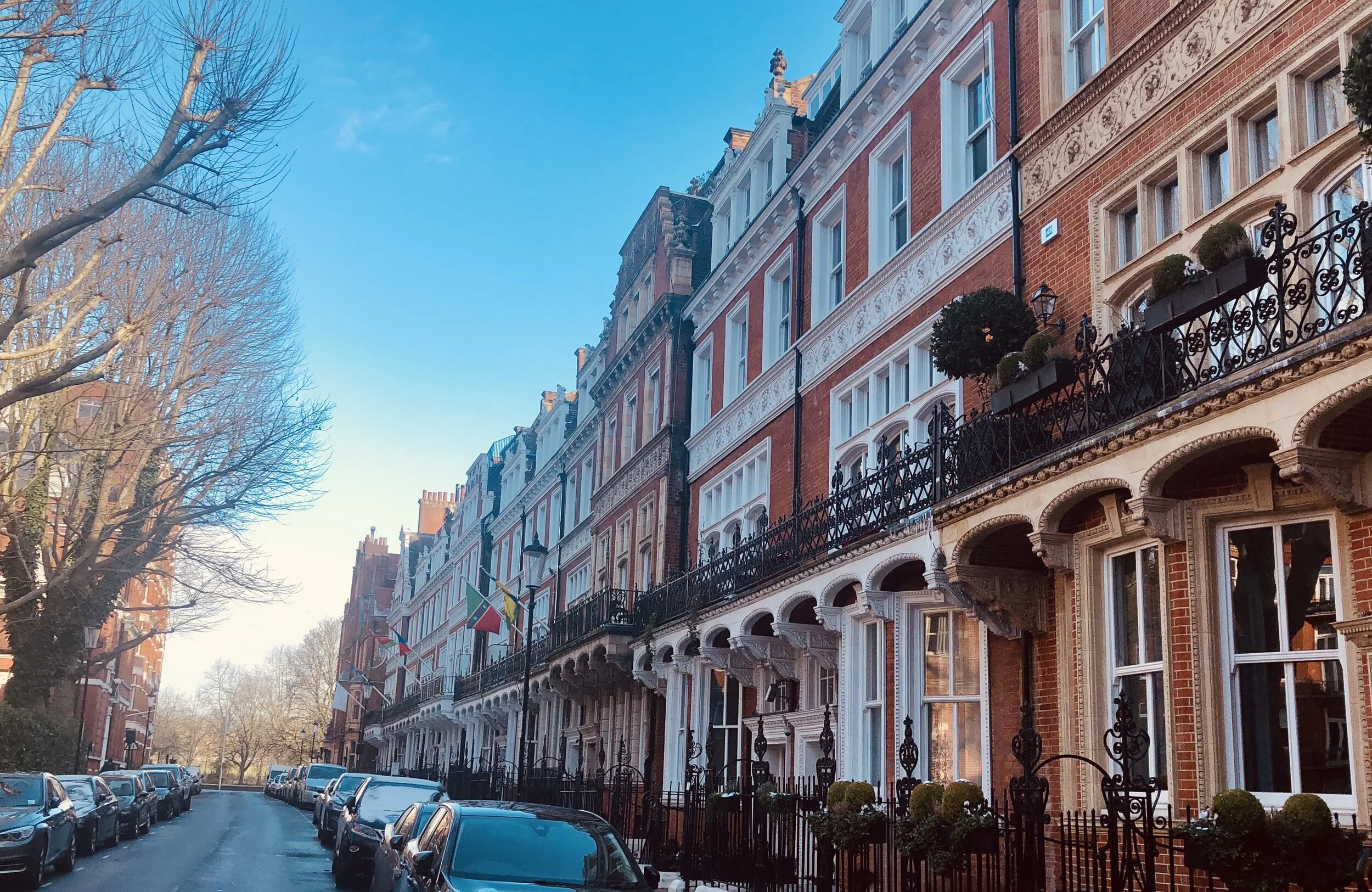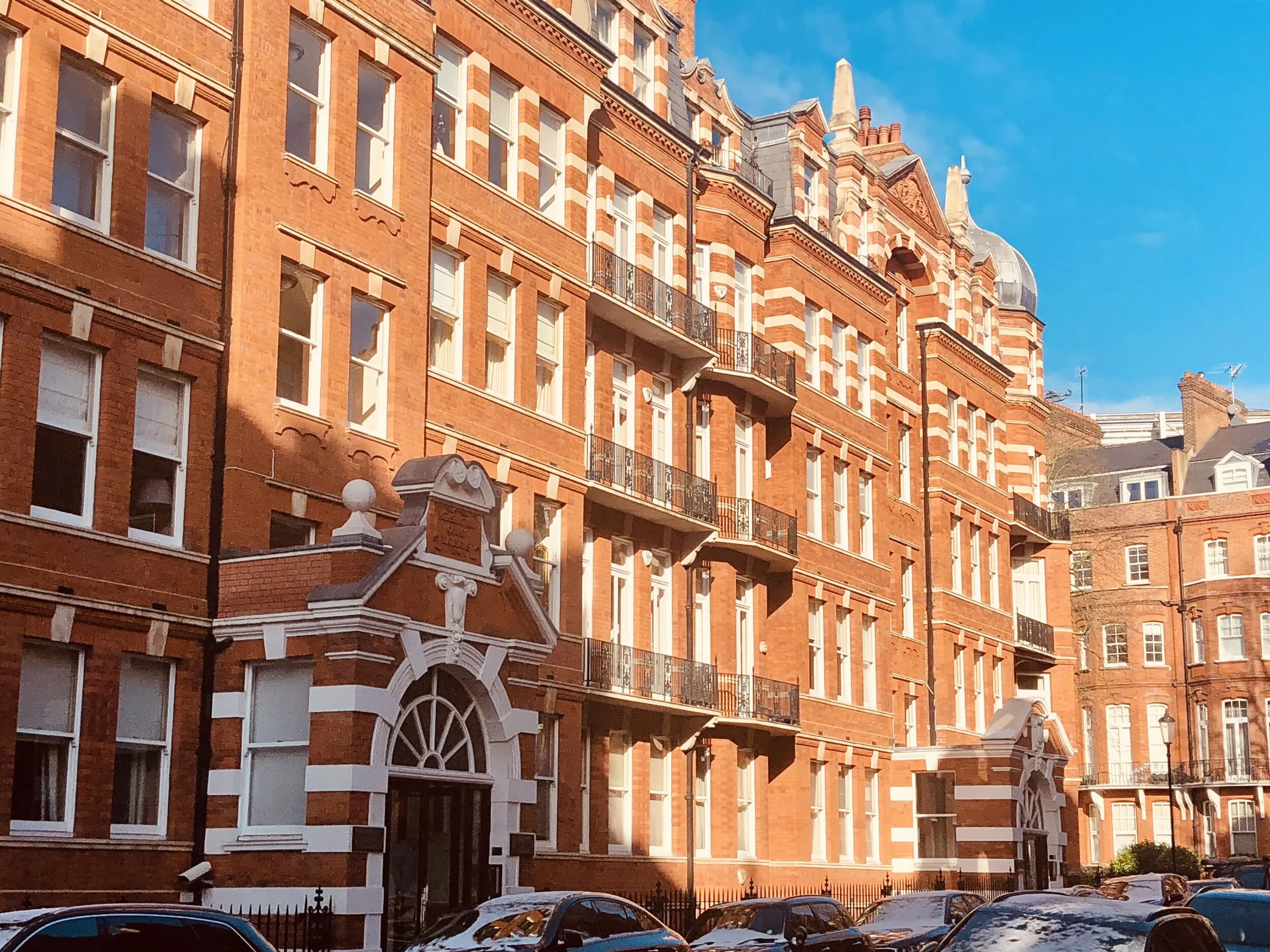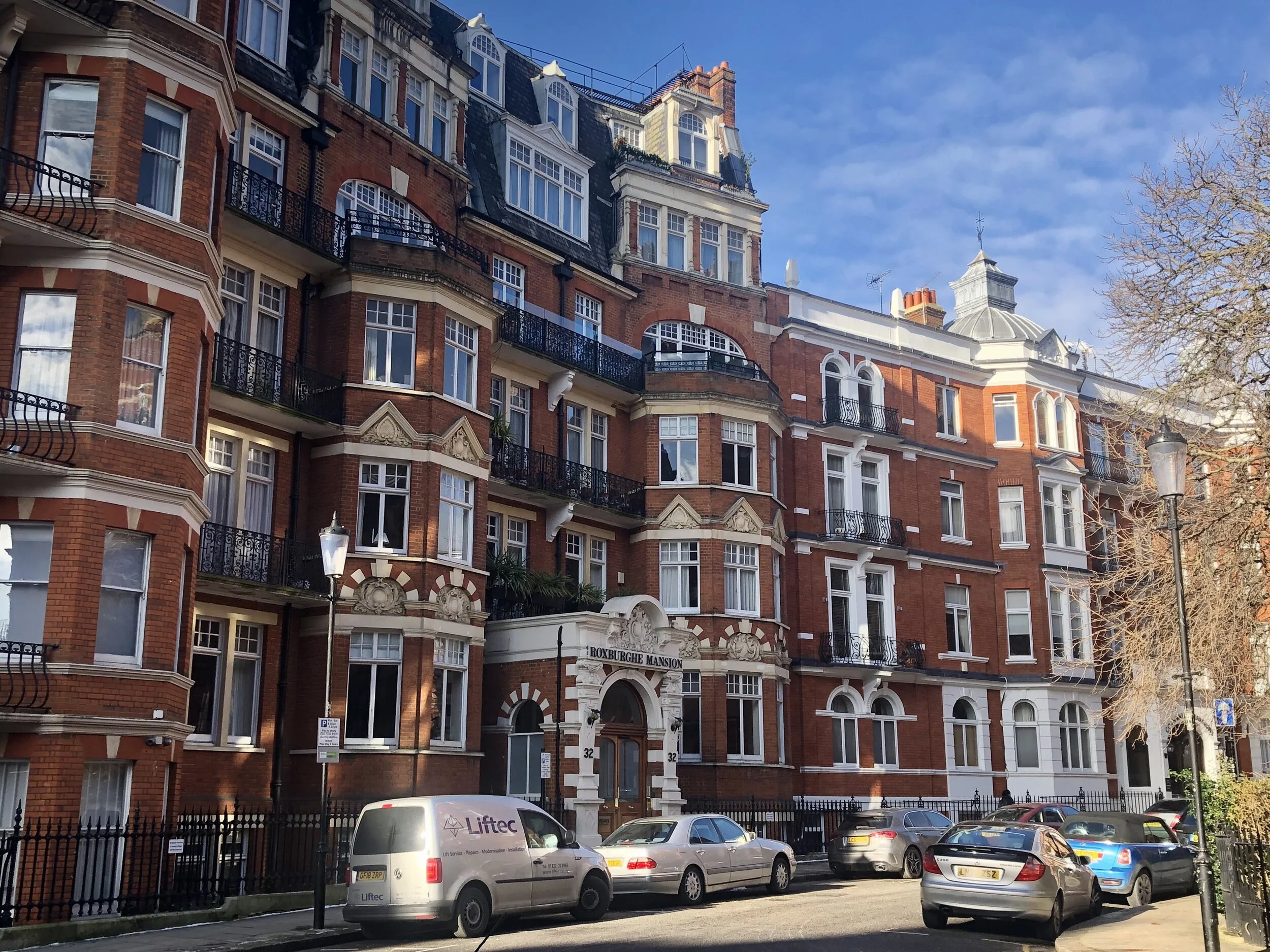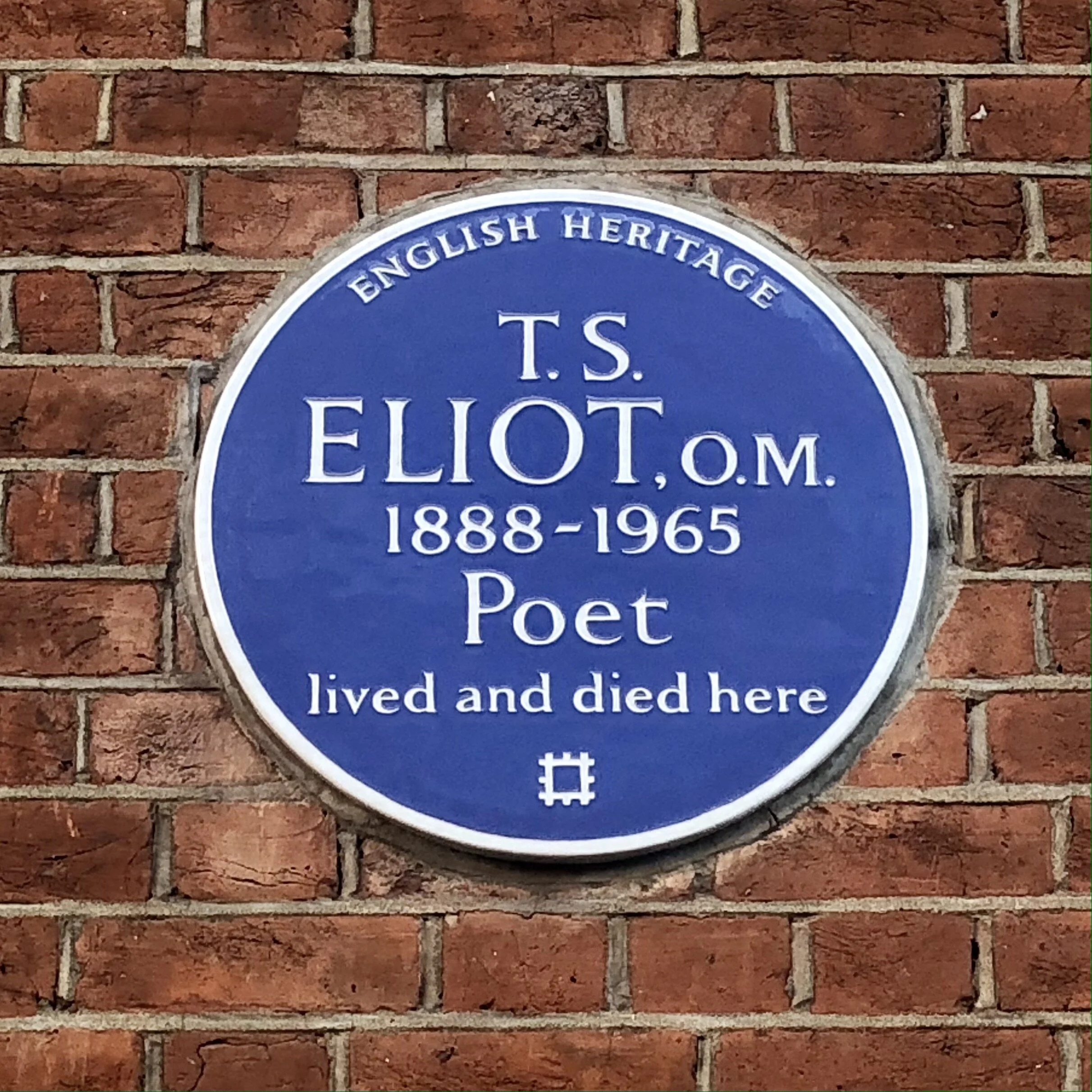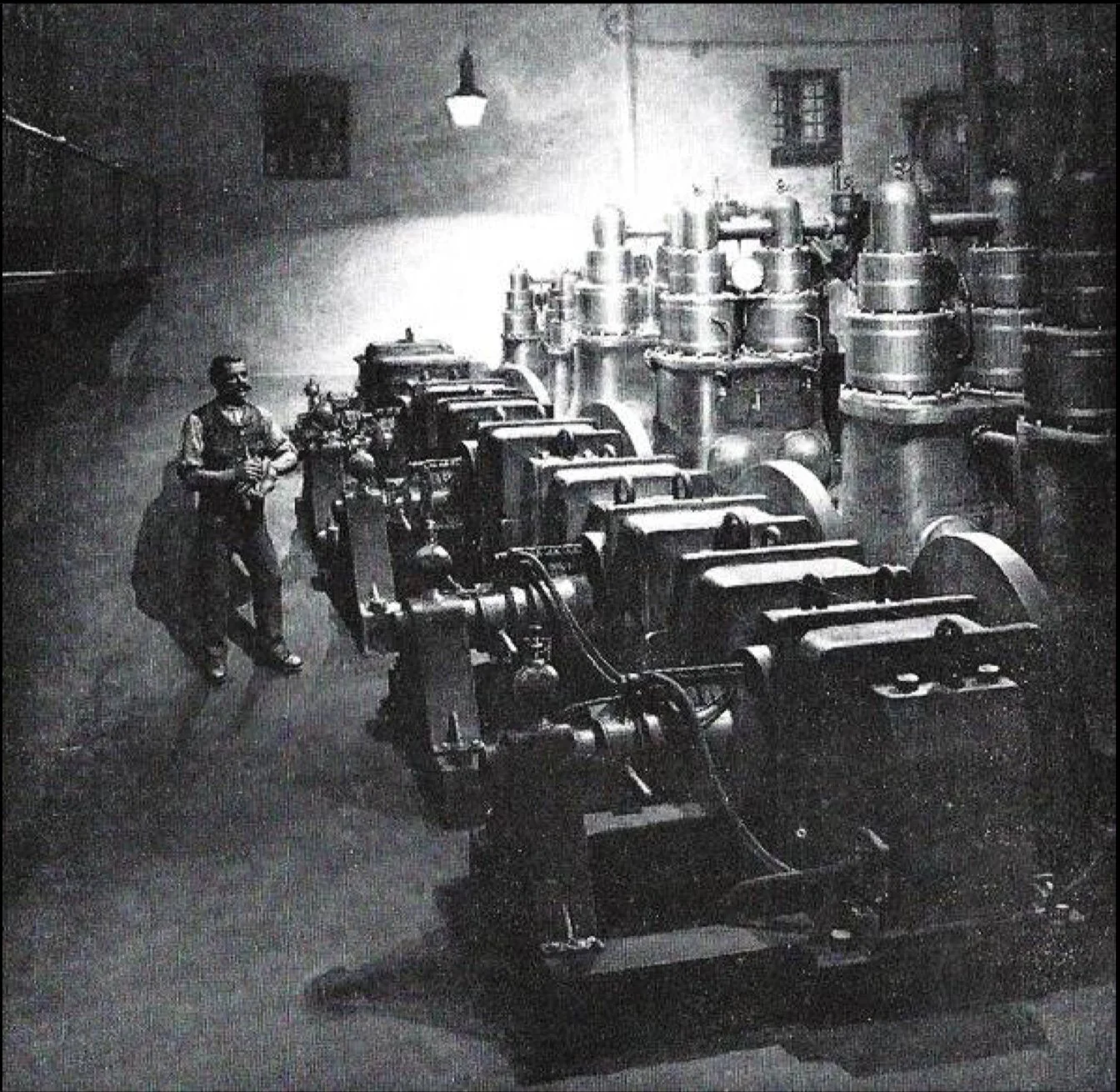Kensington Court - Sparking a new style of architecture in London
If you’re out and about in Kensington High Street or have an appointment with Will and Kate at Kensington Palace, pop over the road for a little walk and you’ll find yourself in an area of Kensington known as Kensington Court.
A small triangular area to the south of Kensington High Street, Kensington Court's boundaries are (roughly) Kensington High Street / Kensington Road, Kensington Court, St Alban's Grove and Victoria Road, incorporating Kensington Court Place, Thackeray Street and Ansdell Streets.
The area, which many simply bundle into the rest of South Kensington or High Street Ken, contains several Embassies, Consulates and High Commissions, well-established restaurants, cafés, specialist tailor, pubs, plus galleries, hairdressers and a number of specialist shops. Despite its central location, it's actually a very tight-knit community, proud of its residents, heritage and independent businesses.
Potted History
As with much of Kensington, this area was once owned by landed gentry, forming the property and gardens of two grand houses - Kensington House and Colby House. It was also partly occupied by a notorious slum called Jennings Buildings, where 1500 people lived in appalling squalor and which, in 1849 was the centre of a cholera outbreak!
This area was later developed into a short-lived folly of a dubious company promotor, Baron Albert Grant M.P, who built a ridiculously expensive grand house for himself, in which he never lived and and which was pulled down and cleared for development after he lost all his money!
Property Style
This enclave was the first area of London to pioneer the concept of the Mansion Block in the late 19C, a concept that became the most popular style in the area for a few decades, providing airy luxury apartment living for the well-heeled, conveniently situated in the heart of London.
According to the Kensington Court Conservation Area Appraisal, 'The Queen Anne Revival style used here can be seen in all its guises, including fanciful crow-stepped and curving Dutch gables; leaded and copper light glazing in mock-Tudor surrounds; carved, moulded and rubbed red brick; and soaring chimney stacks.'
The best examples of such blocks are the eponymous Kensington Court, Roxburghe Mansions, Kensington House, St Alban's Mansions and Hamston House. There are also some lovely terraced houses on Kensington Court Place that remain from pre-mansion block days, built around 1802-07 as part of a larger development that has since been lost.
The Pump House at the top of Thackeray Street powered the neighbouring buildings with hydraulic lifts - the first buildings in the country to have such a modern piece of engineering. The old Kensington Court Mews (which used to have carriages on the bottom, a ramp to the horses' stables on the first floor and grooms/coachman's quarters on the top. They are now an award-winning development of flats.
The People
The Kensington Court area has been home to lots of famous creative types, and has many blue plaques in the vicinity, including those of Sir Hubert Parry (composer of Jerusalem), TS Eliot, who lived at 3 Kensington Court Gardens, Rudolf Nureyev, philosopher John Stuart Mill and WM Thackeray, author of Vanity Fair, also lived in Young Street.
Kensington Court Pump Room that drove the first hydraulic lifts.
Another famous past residents was the engineer Colonel R.E.B. Compton, known as the King of Electricity, who lived and worked at 48 Kensington Court, and whose Kensington Court Company was a pioneer in electric installations, supplying the first electrically lit private house in 1879. Amongst many of his achievements, he installed electricity to Buckingham Palace and other royal residences, although Queen Victoria was rumoured to have hit him on the shoulder over some work about which she was ‘not amused’!
Today, Kensington Court is very popular with both domestic and foreign residents and has a very strong and active residents' association - KCRA, awarded the Gold Standard by the Royal Borough of Kensington & Chelsea. Find them here if you want to know more about the area today. https://www.kensingtoncourtresidents.org/
The Pubs
The Goat Tavern on Kensington High Street is the oldest remaining pub on Kensington High Street and the area's most infamous building. A public house that dates back to 1695, its claim to fame is that it's where the English serial killer John George Haigh, the "Acid Bath Murderer", met his first victim! There are rumours of tunnels linking the pub to Kensington Palace, but although there are extensive vaults under the road, no actual tunnel to the Palace itself has yet been found...
Dating back to the 1800s, The Builders Arms on Kensington Court Place was the favoured drinking hold of Kensington’s builders when the mansion blocks were being constructed. Though lovingly restored, it still retains many of its original Georgian features and is still a very popular drinking hole for locals and visitors.
Another pub, sadly no longer in existence, is The Green Man. Built in 1697 it became the Marquis of Granby by 1771 until 1873 and with many guises over the years, it has been Foubert's Italian Restaurant since the 70s.
Current property
Properties in Kensington Court are highly prized with one-bedroom flats going for around £1m, but there are also a number of highly sought-after, super-sized laterally appointed flats that have combined two together and can fetch well over £5m when they come on the market, which isn’t very often...
Rose & Partners currently has a beautiful 6 bedroom flat for sale - Roxburghe Mansions, Kensington Court W8, £6,750,000
Call us to find out more or see the property information, here: https://www.onthemarket.com/details/9764197/
Close by we also have a fabulous 3 bedroom flat for sale - Albert Hall Mansions, Kensington Gore SW7, £4,250,000
Find out more here: https://www.onthemarket.com/details/9720832/

